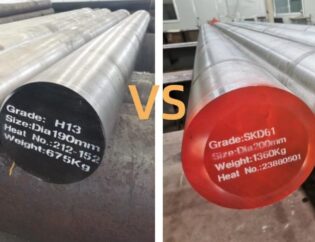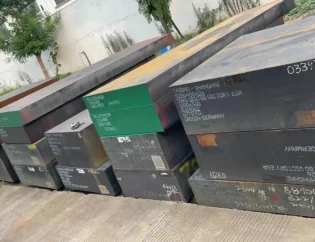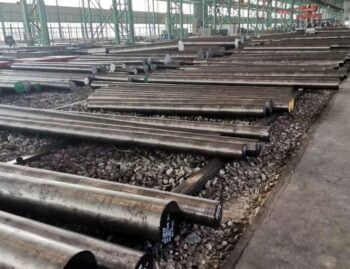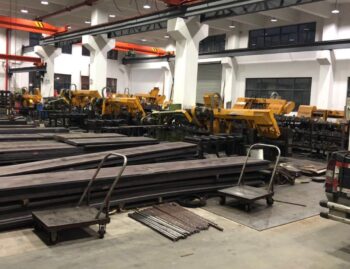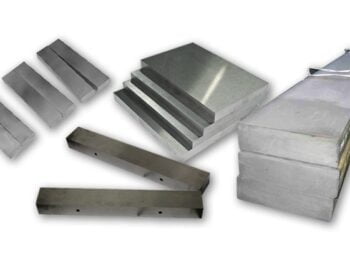A aço de aço e o trabalho quente do trabalho de trabalho frio são diferenciados principalmente pelas condições sob as quais são usadas e suas propriedades:
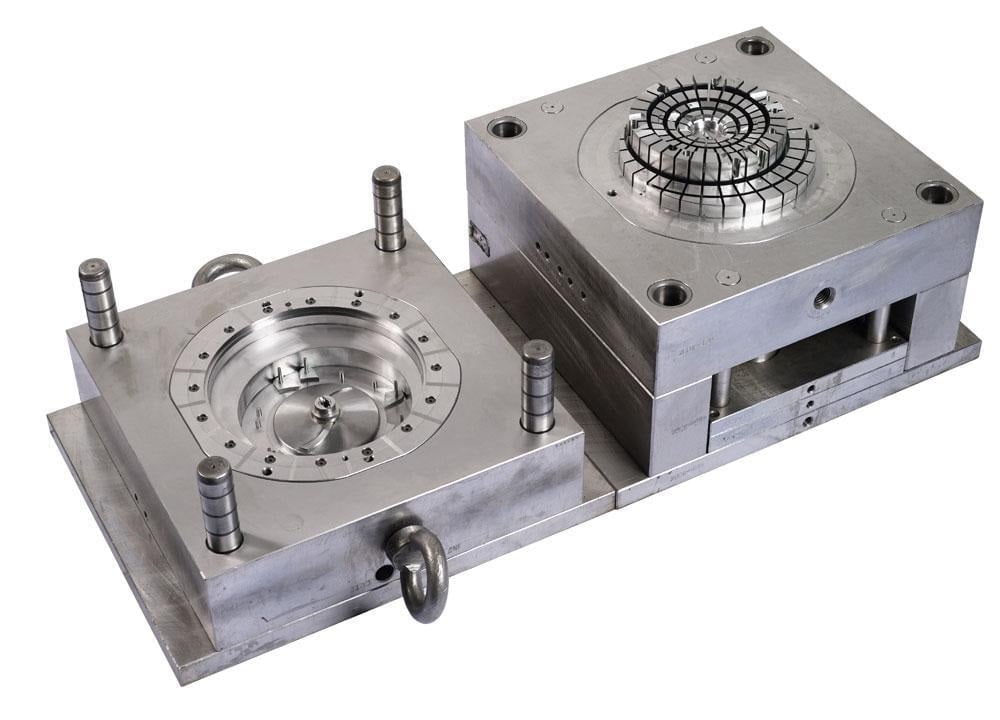
Condições de uso:
- Aço de matriz para trabalho a frio: Projetado para ser usado a temperaturas relativamente baixas durante a modelagem ou formação de materiais na temperatura ambiente ou perto. Exemplos incluem operações de corte, perfuração e formação que não envolvem aquecimento significativo do material que está sendo trabalhado.
- Hot Work Die Steel: Projetado para suportar altas temperaturas durante as operações em que o material que está sendo trabalhado é aquecido significativamente, como forjamento, extrusão ou fundição.
Temperaturas operacionais:
- Aço de matriz para trabalho a frio: Opera a temperaturas abaixo de 200 ° C (392 ° F), normalmente em torno da temperatura ambiente.
- Hot Work Die Steel: Opera a temperaturas acima de 200 ° C (392 ° F) e pode variar até várias centenas de graus Celsius, dependendo da aplicação específica.
Propriedades:
- Aço de matriz para trabalho a frio: Geralmente caracterizado por alta resistência ao desgaste, boa resistência e dureza adequada. É essencial para manter sua borda de corte ou formação sob estresse mecânico sem sofrer amolecimento ou deformação significativa.
- Hot Work Die Steel: Precisa manter a força e a dureza a temperaturas elevadas, resistir à fadiga e desgaste térmicas e ter uma boa condutividade térmica para lidar com os ciclos rápidos de aquecimento e resfriamento envolvidos nos processos de formação a quente.
Elementos de Liga:
- Aço de matriz para trabalho a frio: Geralmente contém porcentagens mais altas de carbono e elementos de liga como cromo, tungstênio e vanádio para aumentar a dureza e a resistência ao desgaste.
- Hot Work Die Steel: Contém elementos de liga como tungstênio, molibdênio e cromo para melhorar a força, a tenacidade e a estabilidade térmica de alta temperatura.
Em resumo, a principal diferença está nas condições de temperatura sob as quais esses aços são usados e suas respectivas propriedades otimizadas para essas condições. A escolha do tipo certo de aço de matriz depende da aplicação específica, se envolve processos de formação a frio ou a quente.

